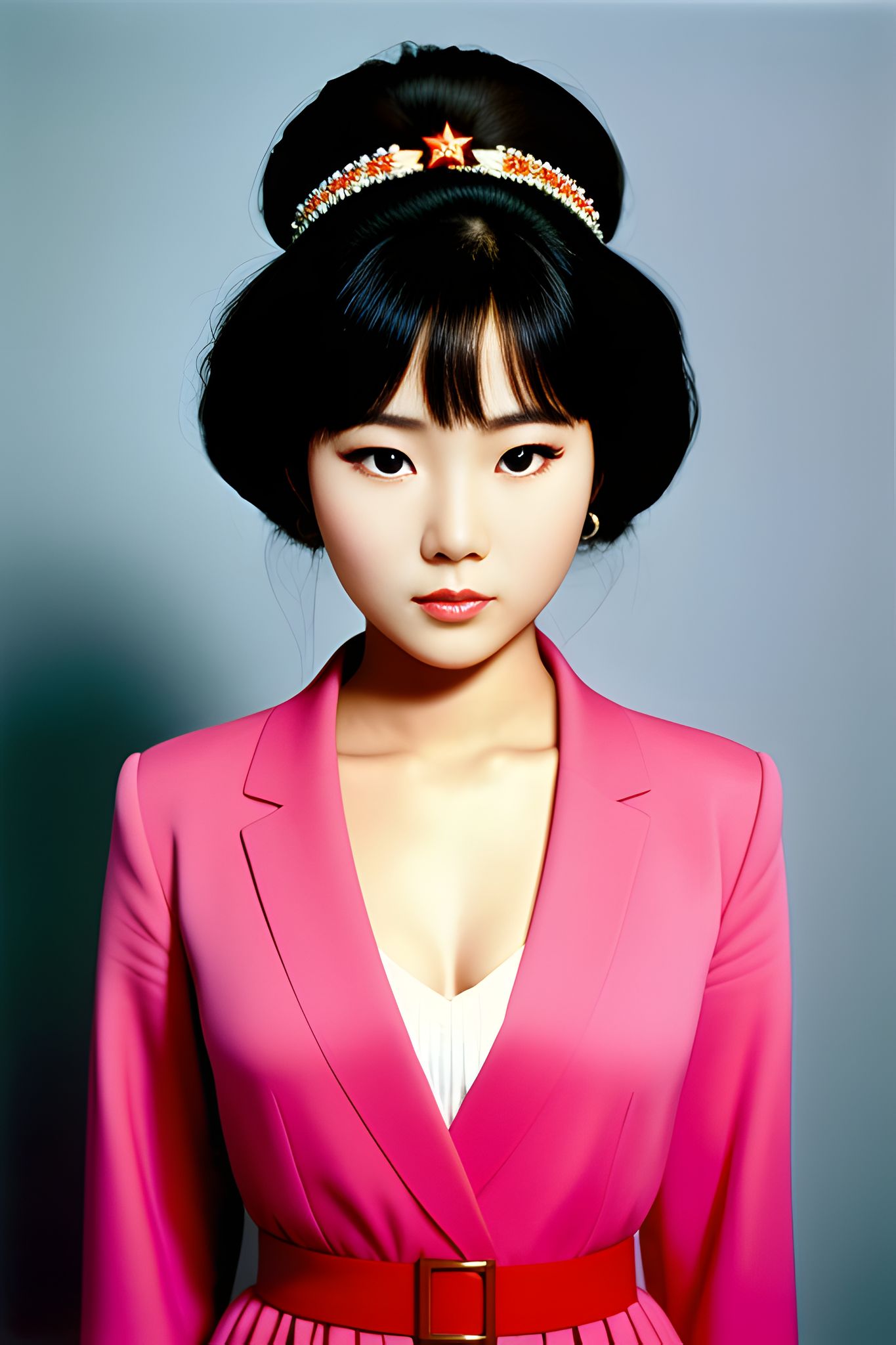It was the summer of 1985, and I was on assignment for a magazine, documenting the lives of North Korean exiles living in Beijing. One day, as I was wandering through the streets of the city, I stumbled upon a small photo studio tucked away in an alleyway.
As I peered inside, I saw a North Korean actress sitting in front of a camera, posing for a portrait. Her name was Kim Hae-jin, and she had fled North Korea years earlier, seeking refuge in China.
I approached the photographer and asked if I could take a few photos of Kim myself. To my surprise, he agreed, and I quickly set up my camera and began snapping away.
Kim was a striking figure, with piercing eyes and a regal bearing. As I watched her pose for the camera, I couldn’t help but think of the hardships she must have faced in her life.
Like many North Koreans, Kim had been forced to flee her homeland in search of a better life. She had left behind everything she knew and loved, including her family and friends.
And yet, in spite of all this, she had managed to carve out a new life for herself in Beijing. She had found work as an actress, and had even started a family of her own.
As I took her photo, I couldn’t help but feel a sense of awe and admiration for her resilience and courage. In the face of unimaginable adversity, she had refused to give up, and had instead chosen to forge a new path for herself.
As I left the photo studio that day, I couldn’t help but think about the power of images to tell a story. Kim’s portrait was more than just a picture – it was a testament to the strength of the human spirit, and a reminder that even in the darkest of times, there is always hope.
